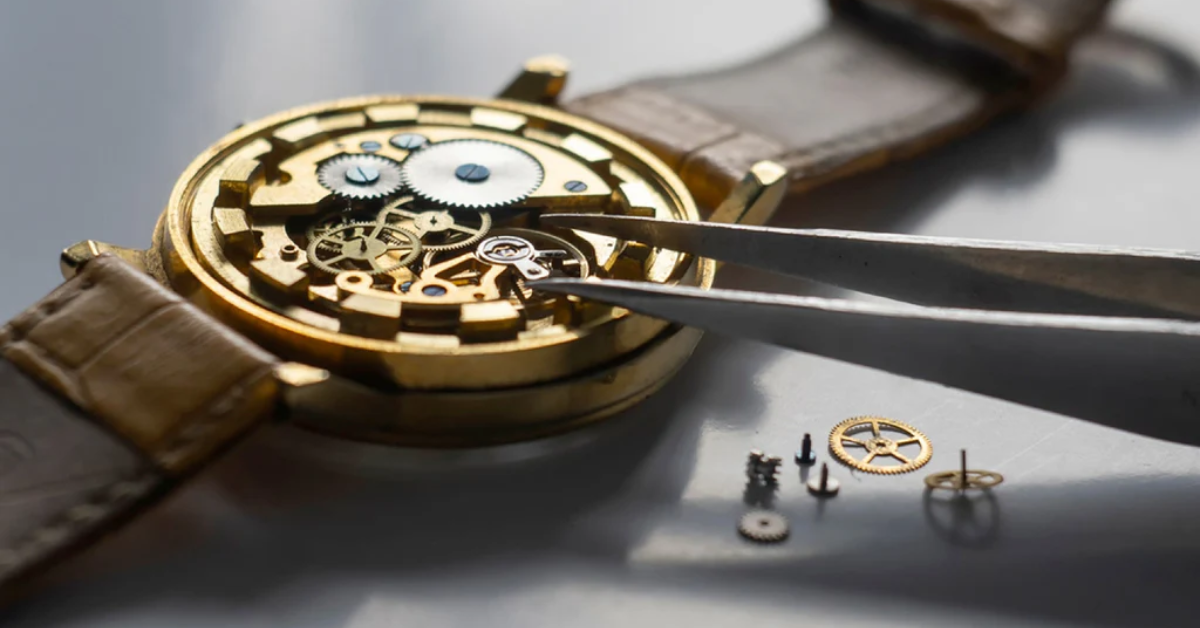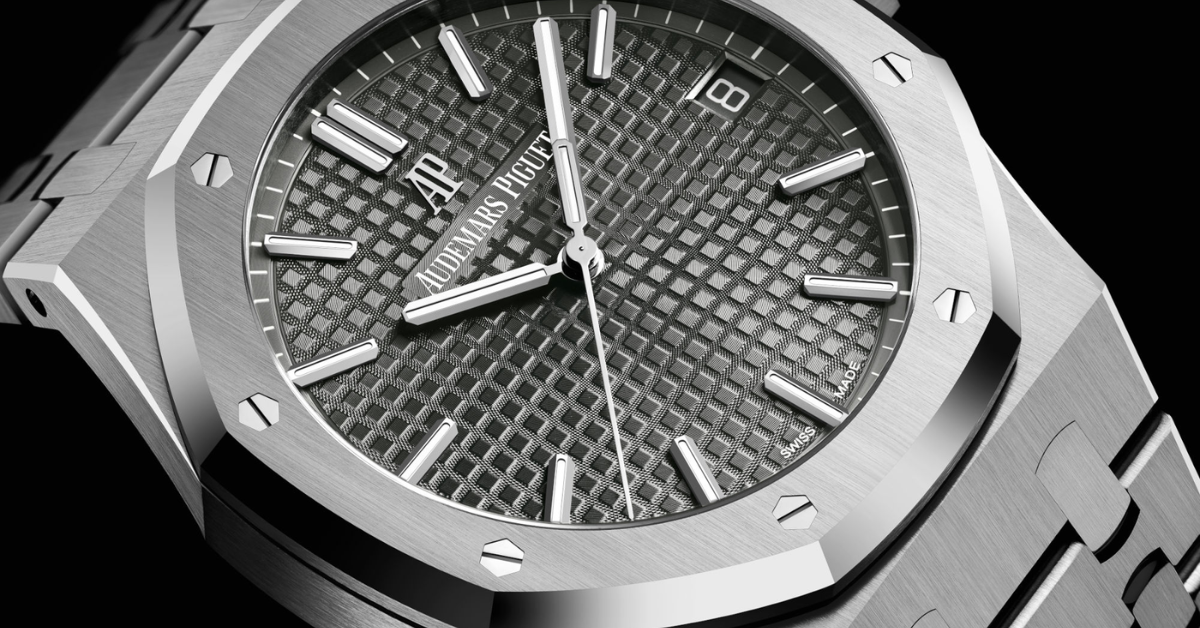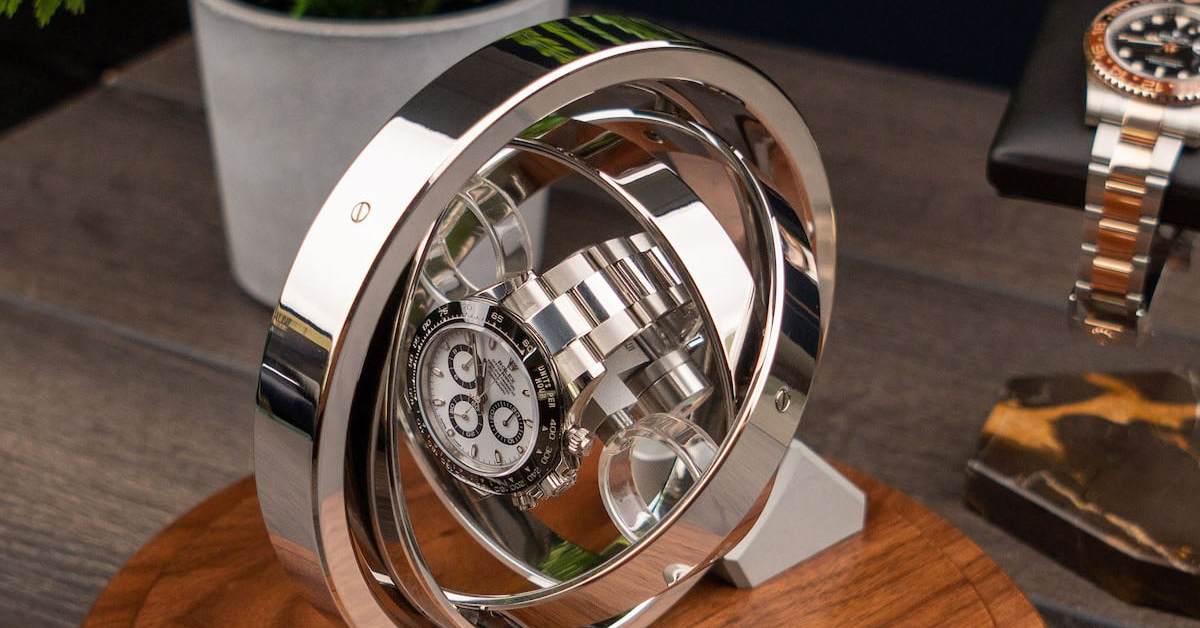
The History of Chronograph Watches
Why Chronographs Matter
Ask a watch enthusiast to name a complication, and nine times out of ten, they will say "chronograph." Unlike moon phases or perpetual calendars—which can be replaced by a smartphone—chronographs remain one of the few practical complications.
Why? Because timing events from your wrist is convenient. Whether you're cooking, tracking a workout, or timing your airport commute, a wrist-worn stopwatch is much easier to access than unlocking your phone, opening the timer app, and navigating multiple steps.
Today, the chronograph is a timeless tool that has built a lasting legacy in watchmaking.
The Origins of the Chronograph
For years, Nicolas Rieussec was credited with inventing the chronograph in 1821, but in 2012, history was rewritten. The first real chronograph was actually created by Louis Moinet in 1816. His invention was incredibly advanced for its time, capable of timing down to 1/60th of a second.
After Moinet, Rieussec coined the name "chronograph" with a device designed to time horse races, marking the beginning of chronographs as official timing instruments in competitive sports.
The First Chronograph Wristwatch
It took nearly 100 years to transition from pocket watches to wristwatches. In 1913, Longines released the first wrist-mounted chronograph, a monopusher design that remains highly sought after today.
The next major breakthrough came in 1923 with the first split-seconds chronograph. The Patek Philippe 1923 Officer is widely considered the earliest known split-seconds chronograph, taking 20 years to manufacture.
Iconic Chronograph Watches That Made History
Over the past century, numerous legendary chronographs have emerged, shaping the watch industry. Here are three models that revolutionized chronograph technology and popularity.
1. Omega Speedmaster: The First Watch on the Moon (1957)
The Omega Speedmaster didn’t reinvent the chronograph, but it became the most famous. It was first worn in space in 1962, and in 1965, NASA officially selected it after rigorous testing.
Its defining moment came in 1969 when Buzz Aldrin wore it on the moon, forever cementing the Speedmaster as a mainstream icon.
2. Zenith El Primero: The First High-Frequency Chronograph (1969)
In the same year, Zenith launched the El Primero, the world’s first automatic high-frequency chronograph, beating at 36,000 vibrations per hour (5Hz)—allowing for timing down to 1/10th of a second.
Rolex recognized its precision and reliability, modifying the El Primero movement for the Daytona from 1988 to 2002.
3. TAG Heuer Mikrograph: The First 1/100th Second Chronograph (2011)
In 2011, TAG Heuer introduced the Mikrograph, the first chronograph movement with two separate balance wheels—one for timekeeping (28,800 vph) and one for the chronograph (360,000 vph).
While not particularly practical, it was an engineering marvel, setting the foundation for the Zenith Defy 21, which brought 1/100th second precision to the $10,000 price range.
Chronographs: More Than Just a Watch
Chronographs have evolved from timing horse races to measuring split-seconds in space travel and sports, proving their enduring relevance.
✔ Own a chronograph? Protect it with a premium watch winder. Our high-end winders feature secure locking mechanisms to keep your timepiece safe while maintaining its precision.

















